Jamaica Slave Holocaust, as destructive as Hitler’s European Experiment
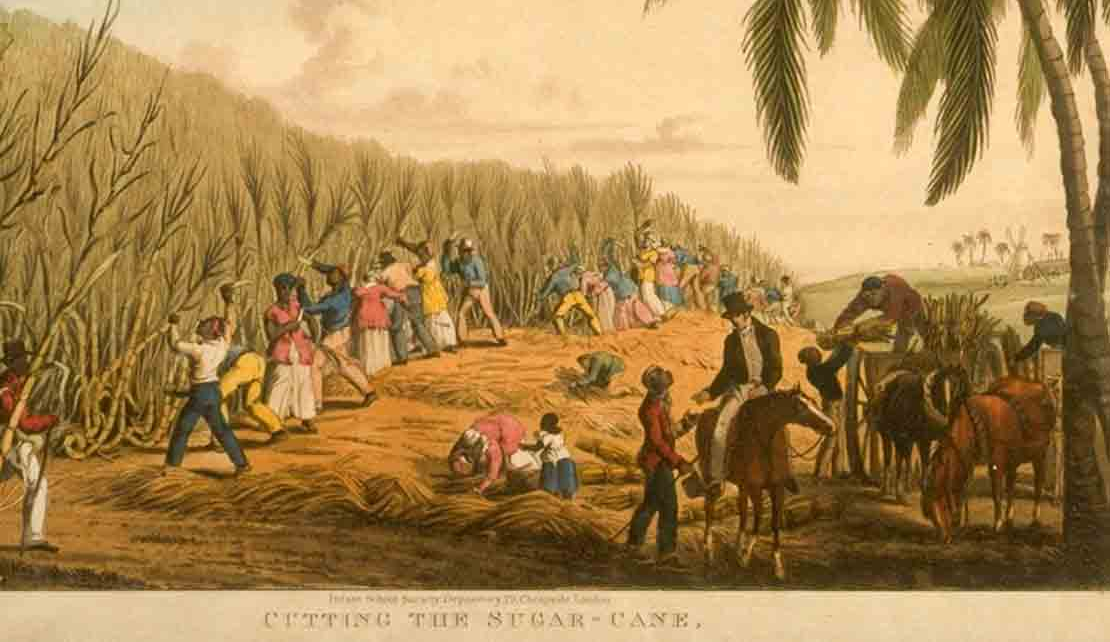
MONTEGO BAY, Jamaica, March 19, 2024 - In a world that prides itself on progress and enlightenment, the shadow of genocide looms large, a stark reminder of humanity's capacity for unspeakable cruelty.
Genocide, the deliberate and systematic extermination of a racial, ethnic, national, or cultural group, has scarred history from the enslavement and decimation of Africans during the Transatlantic Slave Trade to the eradication of indigenous populations in North Africa and North America.
This includes the destruction of the Tainos in Jamaica, the Holocaust's horror, and, more contemporarily, the continued elimination of Palestinians in Gaza.
The challenge lies not only in acknowledging these atrocities but in grappling with their incomparable scale of evil, regardless of when, how, or by whom they were perpetrated.
In reflecting upon the annals of human history, the term "holocaust" evokes images of systemic atrocities and the extinguishing of countless innocent lives.
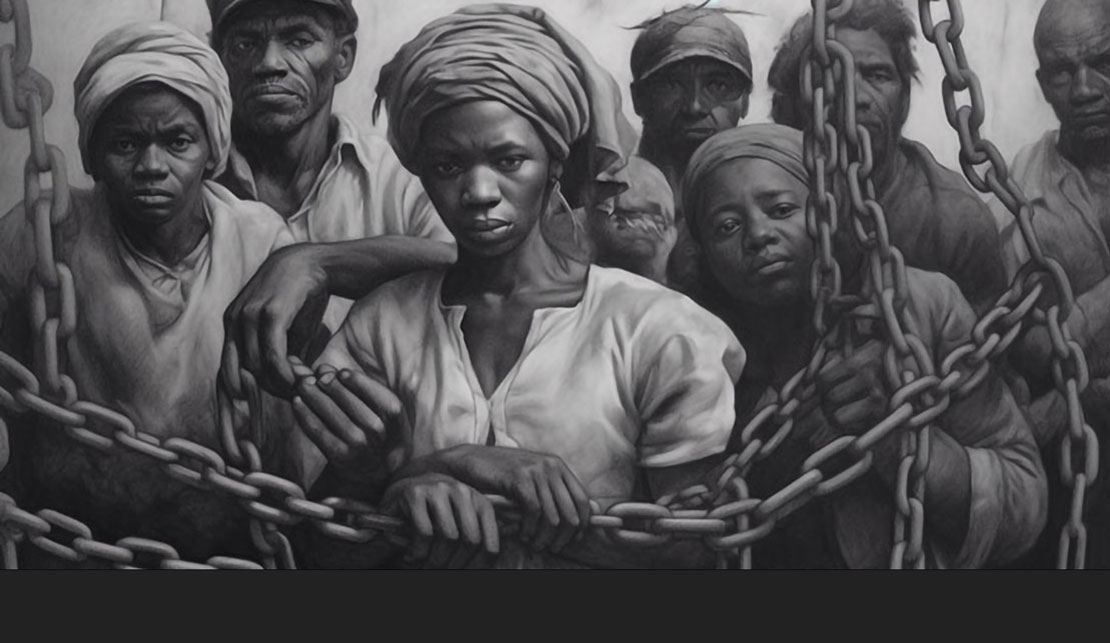 While the European Holocaust during World War II remains a focal point of historical discourse, a parallel tragedy—the Jamaican Holocaust—underscores the profound and distinct nature of genocides across different contexts.
While the European Holocaust during World War II remains a focal point of historical discourse, a parallel tragedy—the Jamaican Holocaust—underscores the profound and distinct nature of genocides across different contexts.
The historical and modern instances of genocide share a common thread of dehumanization and brutality the genocidal practices in Jamaica by British planters, have remained historically hidden, far from the scrutinizing eye of global awareness.
The European Holocaust, characterized by the systematic extermination of six million Jews and other marginalized groups by Nazi Germany, unfolded over a devastatingly compressed timeframe of twelve years, concentrating its horrific acts within a span of four years.
This cataclysmic event is marked by the direct, physical annihilation of individuals, a grim testament to the capacity for human-engineered evil.
Contrastingly, the Jamaican Holocaust, spanning 183 years, presents a nuanced interpretation of genocide, emphasizing not only the physical destruction but also the preventive annihilation of potential lives through the strategic demographic manipulation by Jamaican planters.
This extended period of systemic exploitation and degradation of African slaves under British colonial rule exemplifies a protracted genocide, one characterized by the relentless importation of African slaves, their exploitation unto death, and the discouragement of reproduction.

Quantifying the horror of the Jamaican Holocaust involves a stark examination of the demographic shifts caused by these genocidal practices.
Professor Patterson, who compared the Black Cumulative populations and growth rates of enslaved persons in the US and Jamaica, said, had the Africans and their descendants in Jamaica experienced the same modest rate of increase as the United States, the 1830 Black population of Jamaica would have been 5,262,522 and its total, including freed coloreds, would have amounted to about 6,090,499.
Taking account of the 359,147 survivors in 1830, with the U.S. as a counterfactual, Patterson extrapolated that there were 5,731,302 missing Black people in Jamaica in1830.
This he said was the result of, not only what he called social death and ethnocide but what he described as , physical mass genocide, extermination, inflicted by the white planters on the Jamaican slave population.
He painted a picture where there was mass rape of the women by the planter class, pointing out that within three months of landing in Jamaica, the deracinated women were subjected to venereal diseases of some kind, passed on by the white farmers.
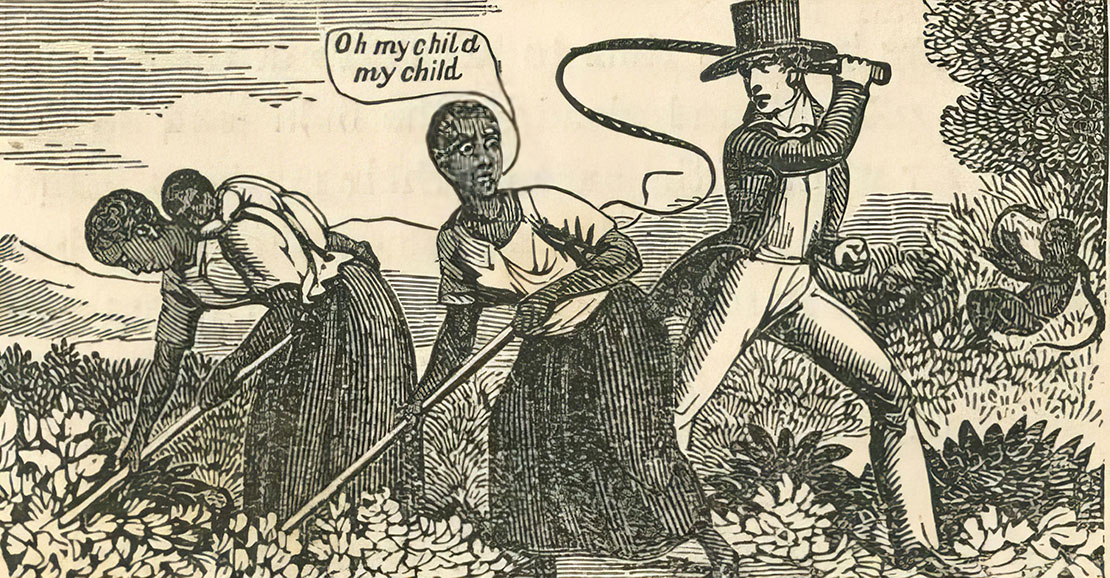 This, of course, affected their ability to bear children, and when they did, there was a high incidence of infant mortality. Ethnocide, he calls it. Where the Jamaican planters pursued a demographic strategy of preventing births thus effecting cultural genocide and mental harm to the Jamaican enslaved population.
This, of course, affected their ability to bear children, and when they did, there was a high incidence of infant mortality. Ethnocide, he calls it. Where the Jamaican planters pursued a demographic strategy of preventing births thus effecting cultural genocide and mental harm to the Jamaican enslaved population.
As we delineate the differences between the European and Jamaican Holocausts, it becomes evident that genocide, in its many forms, inflicts profound and lasting scars on humanity.
The Jamaican Holocaust's focus on demographic manipulation and the long-term annihilation of potential lives offers a broader understanding of genocide's impact, extending beyond immediate physical destruction to encompass the erasure of future generations.
This grim narrative compels us to confront and acknowledge the depth and breadth of the atrocities committed, underscoring the imperative to remember, learn, and ensure such horrors are never repeated.
Continuing from the profound comparison and quantification of the Jamaican Holocaust, it is imperative to understand the long-term implications of such genocidal strategies on the cultural and demographic landscape of Jamaica.
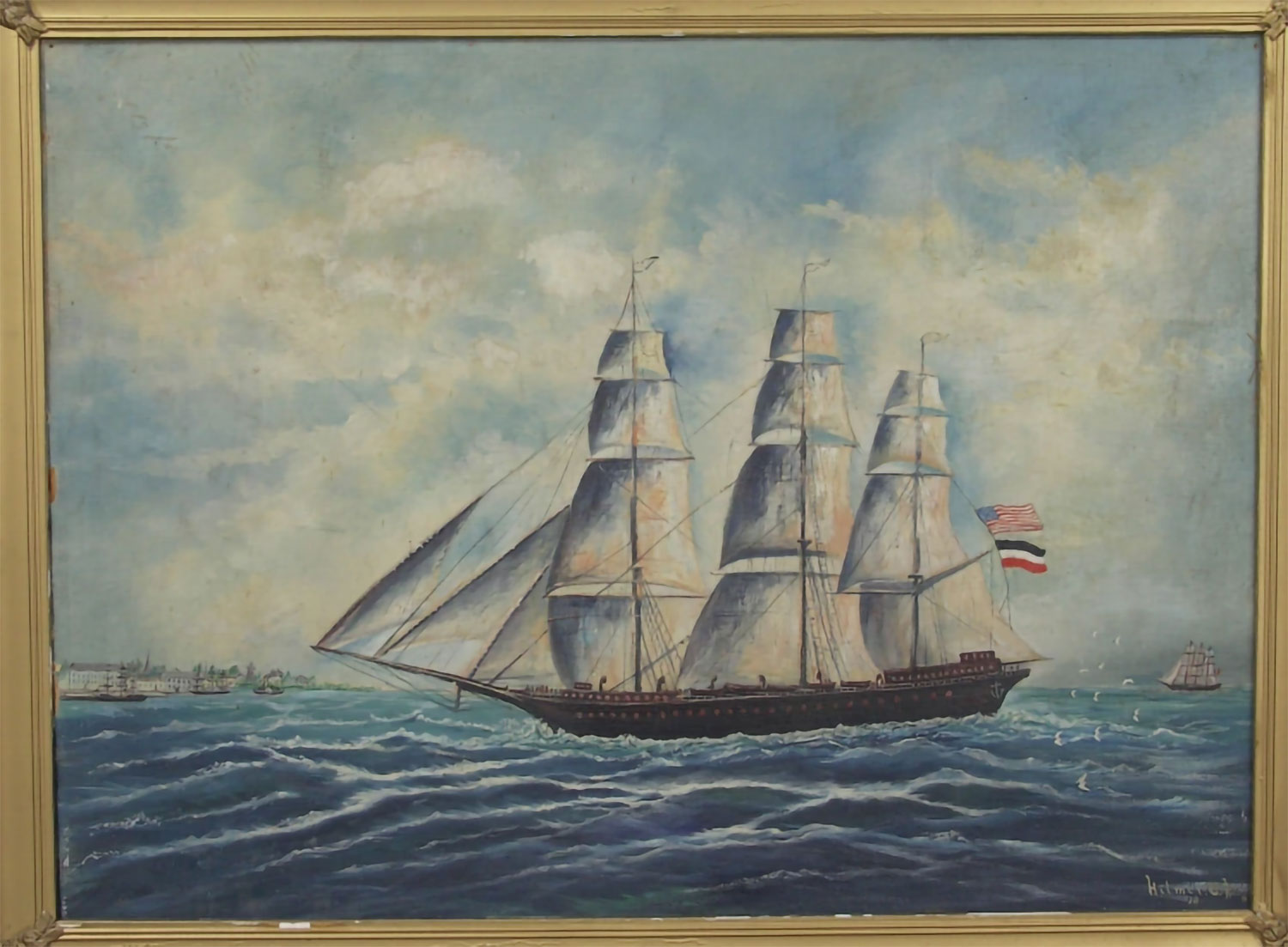 The deliberate demographic manipulation by the planters not only sought to maximize economic gain through the brutal exploitation of African slaves but also to erode the foundations of African heritage and identity in Jamaica.
The deliberate demographic manipulation by the planters not only sought to maximize economic gain through the brutal exploitation of African slaves but also to erode the foundations of African heritage and identity in Jamaica.
This insidious form of genocide, which Patterson terms as both a "social death" and a "physical mass genocide," created a chasm in the historical continuity of the African-descended population in Jamaica, erasing potential futures and lives that might have enriched the island's cultural tapestry.
This calculated demographic engineering—favoring the continued importation of young, male slaves, the discouragement of reproduction, and the inhumane treatment of pregnant women and infants—contributed to a societal structure in Jamaica that bears the scars of these atrocities.
The stark decrease in the population of enslaved Africans by 1830, juxtaposed with the estimated potential population, speaks volumes to the extensive human loss and suffering experienced under the colonial regime.
The extrapolation of over 5.7 million missing lives by Patterson not only highlights the scale of the genocide but also underscores the deliberate attempt to prevent the emergence of a strong, cohesive African-descended community in Jamaica.
The implications of this prolonged genocide extend far beyond the immediate loss of lives. They permeate the very essence of Jamaican society, influencing contemporary issues such as social inequality, education, and violence.
The legacy of slavery and genocide has left an indelible mark on the psyche of the Jamaican people, influencing the nation's socio-economic development and the collective consciousness of its citizens.
The enduring effects of these genocidal policies underscore the challenges of reconciling with a past marred by such profound inhumanity and the ongoing struggle for healing and justice.
As we reflect on the Jamaican Holocaust in comparison to the European Holocaust, it becomes clear that each genocide, while distinct in execution and context, shares the common thread of unimaginable human suffering and loss.
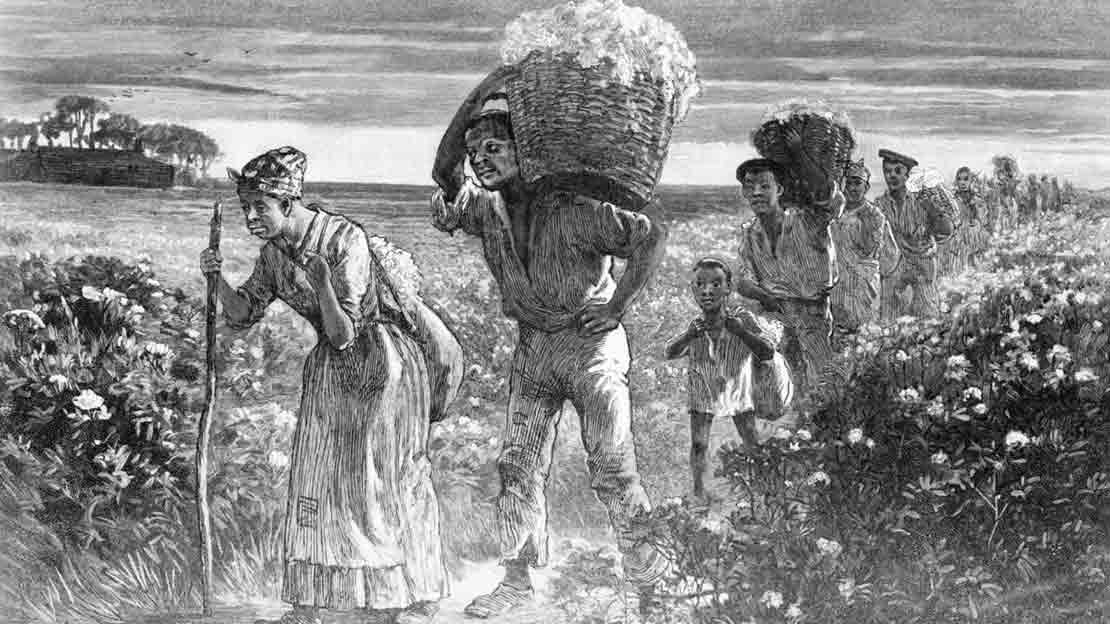 The Jamaican experience, characterized by the protracted and systemic eradication of potential lives through demographic manipulation, offers a unique perspective on the multifaceted nature of genocide. It challenges us to broaden our understanding of genocide to include not only the physical extermination of people but also the deliberate suppression of potential generations and the erasure of cultural identities.
The Jamaican experience, characterized by the protracted and systemic eradication of potential lives through demographic manipulation, offers a unique perspective on the multifaceted nature of genocide. It challenges us to broaden our understanding of genocide to include not only the physical extermination of people but also the deliberate suppression of potential generations and the erasure of cultural identities.
In grappling with the legacy of the Jamaican Holocaust, there is a critical need for acknowledgment, education, and reparative justice.
Recognizing the historical realities and the enduring impact of these atrocities is a vital step toward healing the wounds of the past.
It is through this acknowledgement, education and the collective memory of the Jamaican people that the nation can aspire to a future grounded in understanding, equality, and respect for the dignity of all individuals.
The journey toward healing and reconciliation is complex and challenging, yet it is essential for forging a path that honors the memory of those lost and ensures the horrors of the past are never repeated.
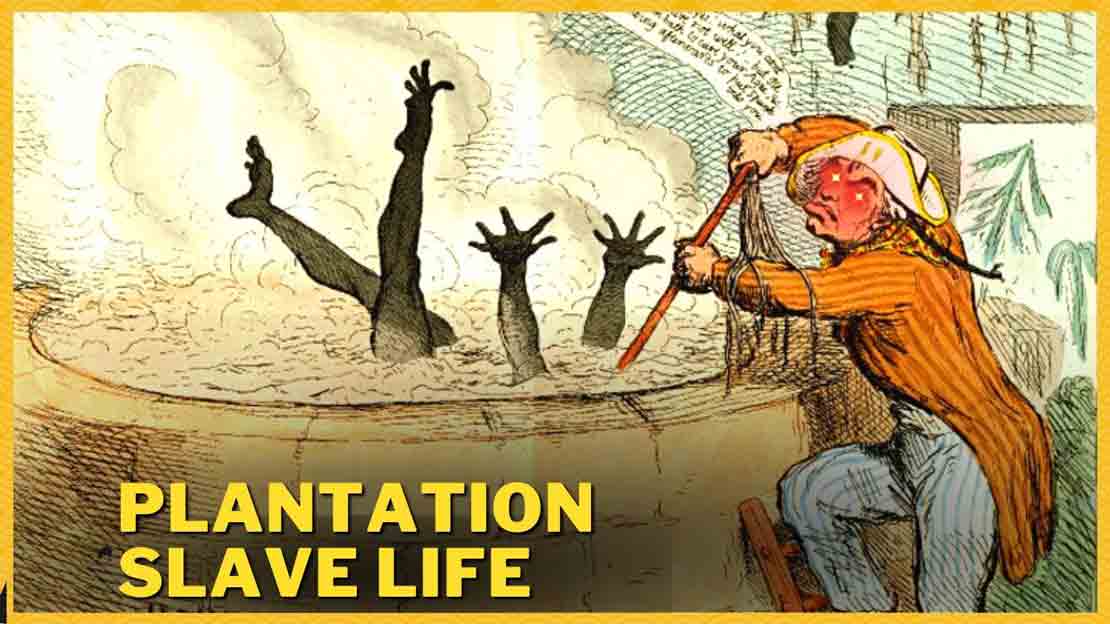
The journey toward such healing involves not just remembrance and education but also actionable steps towards restorative justice. This means not only confronting the brutal realities of the past but also actively working to rectify the enduring socio-economic disparities that have been shaped by centuries of systemic oppression and exploitation.
For Jamaica, this path involves a deep dive into the intricacies of its own history, to educate its population about the extent of the genocide that occurred on its shores and its effects on the African diaspora.
Education must go hand in hand with efforts to preserve the cultural heritage and strengthen the identity of the African-descended population in Jamaica.
This can be achieved through the promotion of cultural programs, the integration of this history into the national educational curriculum, and support for research and scholarship that further explores the ramifications of slavery and genocide on contemporary Jamaican society.
Internationally, the conversation around reparative justice for the descendants of slaves and the communities affected by genocidal policies is gaining momentum.
Jamaica, and other nations with similar histories, can play a pivotal role in advocating for global recognition of these injustices and the implementation of reparations programs.
Such initiatives could include economic compensations, development projects aimed at alleviating poverty in affected communities, and investments in educational and health services to address the long-term impacts of slavery and genocide.
Moreover, commemorating the victims and acknowledging the atrocities are vital steps towards healing. Establishing memorials, museums, and annual remembrance events can serve as powerful reminders of the past, fostering a culture of memory that ensures future generations understand the gravity of these crimes and the importance of preventing their recurrence.
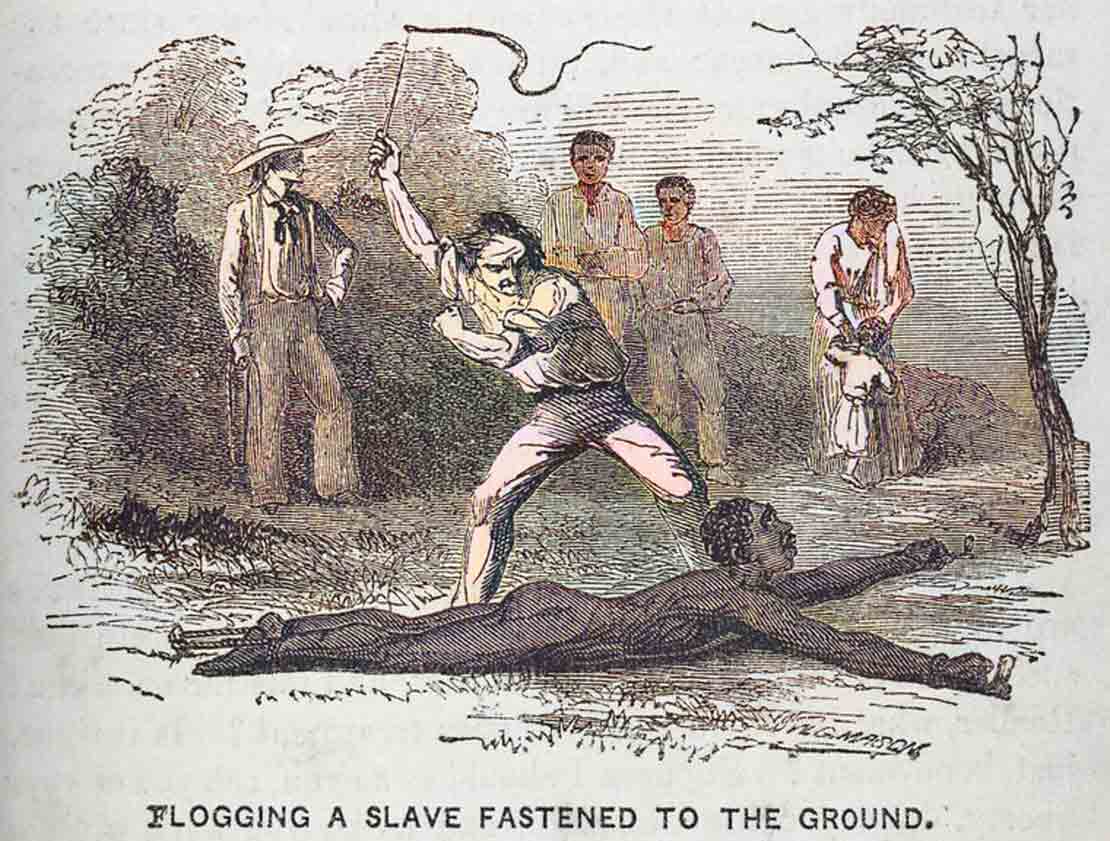 The dialogue on reconciliation and healing must also embrace a broader discussion on racism, inequality, and discrimination. The legacies of slavery and genocide extend beyond physical and economic impacts to influence societal attitudes and prejudices.
The dialogue on reconciliation and healing must also embrace a broader discussion on racism, inequality, and discrimination. The legacies of slavery and genocide extend beyond physical and economic impacts to influence societal attitudes and prejudices.
Tackling these issues head-on through policy reforms, community engagement, and public discourse is essential for building a more inclusive and equitable society.
As Jamaica continues to navigate its path towards healing and justice, the stories of resilience, resistance, and survival that emerged from its darkest chapters remain a source of strength and inspiration.
By embracing its history, both the painful and the triumphant, Jamaica can forge a future that honors the memory of those lost to genocide while celebrating the enduring spirit and rich cultural heritage of its people.
The journey is long and fraught with challenges, but it is through unity, determination, and a commitment to justice that Jamaica can aspire to a future where the shadows of the past no longer cloud the promise of tomorrow.
-30-

 En
En  Ar
Ar